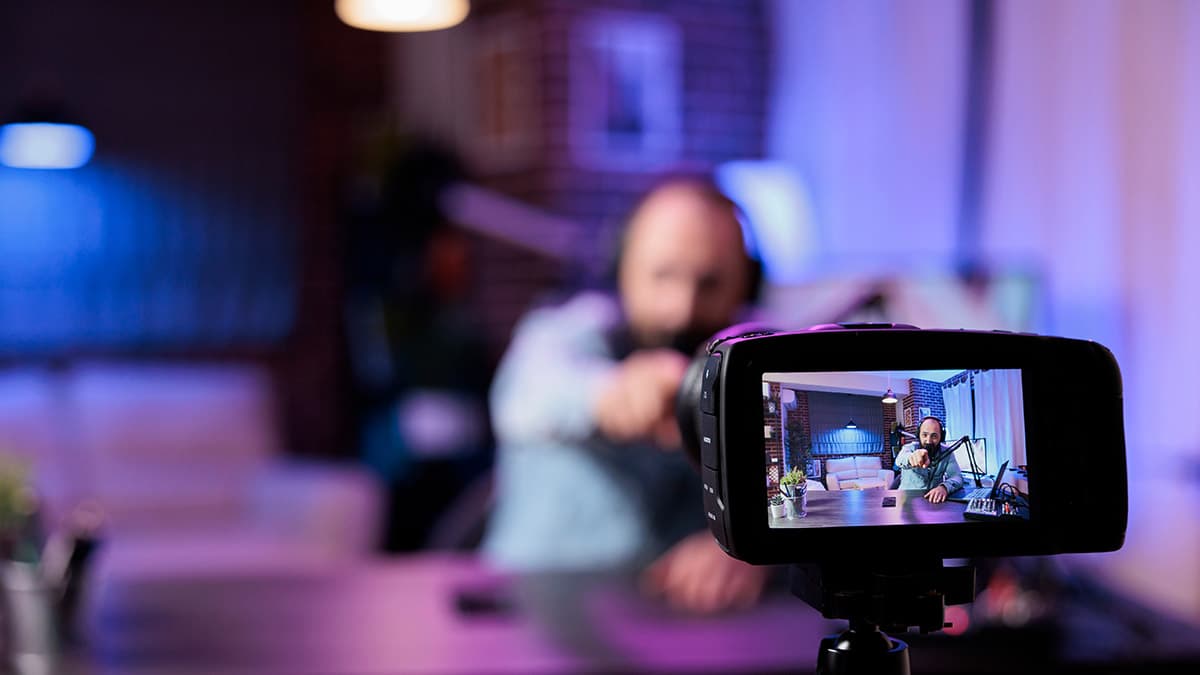LONDON — Last year’s celebrations marking the BBC’s centenary somewhat overshadowed the fact it was also 90 years since the original Broadcasting House opened in London. The Portland Place Art Deco landmark set the template for radio studio center design that has lasted into the 21st century.
Since the 1932 opening, the BBC has designed and opened many more studios. However, it faces various challenges in creating the next generation of radio studios. These include using IP to integrate and connect spread out studios, with associated cyber security issues such as encryption and securing end points. In addition, there is the need to maintain audio quality, through coding, latency, timing and phase, with room acoustics that are performant and affordable, while also considering remote working.
The BBC also has to consider sustainability issues in building the studios, operating them and equipment lifecycles. Sustainability is also important in what must be powered and how to reduce energy consumption while also planning for decommissioning at the beginning of a project.
Tim Lowther, former head of property and infrastructure projects at Global, and now founder of consultancy Haylow, highlights other environmental considerations. These include the location of the proposed studio building, such as whether it is near a main road or railway, which may cause background noise problems, how it was built and the materials used.
More open spaces
In his time with Global, Lowther was involved in building studios for LBC and the Capital and Heart brands. “There will always be a need for studios in some form or another,” says Lowther. “With the increase in podcasts, we have seen a move towards more open spaces.” An example of this, he says, is Stephen Bartlett’s “The Diary of a CEO,” recorded in Bartlett’s dining room. Lowther adds that there has been a marked increase in the use of LED video walls and large LCD screens for branding purposes.
The BBC model of a big broadcast center with multiple studios has sustained for 90 years, and while that is likely to continue for some time, Lowther says the approach will have to adapt to new styles of programming and the need for visualization. “The type of studio is definitely changing due to the demand for how they look,” he says.
The visual aspect of what was once purely an audio-only environment is now key in studio layout and construction. Jago Design has designed visualized studio sets for Capital Radio, LBC, Radio X, TalkSport, TalkRadio and Virgin Radio. In doing this, says creative director Simon Jago, the positioning of the presenter, guests and producers has to be considered carefully.
“Broadcasters still want the presenter to have line of sight to the producer and the guests,” he says. “The host also needs to see the monitors, the mics need to be positioned to get good sound and cameras have to be placed to get good clean shots of all the participants. It’s all about space, and from a visual perspective, the more space there is, the better the studio will look.”
Like Lowther, Jago feels the number of studios in a broadcast center will, if anything, increase, but the functionality may vary depending on the format — traditional radio, streaming or podcasts — but overall, the established model of studios in a building seems set to remain.
And then there’s Boom
There are those bucking the trend. Boom Radio — believed to be the first national radio station in the United Kingdom not to have a central studio building — started broadcasting in February 2021 with its presenters at their respective homes using microphones, automation and communications packages designed by consulting engineer Quentin Howard. At the time, Howard said broadcasting from home “would be more acceptable to some” and “become commonplace.” He did, however, acknowledge there would be a return to studios once the worst of the pandemic was over because “there is a communal feeling” to that way of working.
Eddie Veale, director of design consultancy Veale Associates, agrees and says that for big stations, at least, promoting a brand is equally important and requires a studio. “Working in a studio creates focus and avoids interruptions,” he says. “It also normally excludes unwanted sounds or noise that can be distracting for the listener. It is about being able to do the job, and using key studios and booths for program preparation has become more prevalent within major organizations. Because of that, studios are not likely to disappear.”
We are still seeing traditional radio studios, and hybrid as well — with great lighting, graphics and branding; clearly not TV, neither is it radio.
Dan McQuillin, managing director of Broadcast Bionics, says studio type and use are changing considerably. “People are moving away from the idea of building one, traditional, monolithic studio in a fixed place and using it for 15 years for one purpose,” he says. “We’re also seeing cheaper, smaller, simpler spaces that are typically talent-driven, which could be stand-up comedians or sports people, not necessarily traditional TV and radio presenters.”
McQuillin feels broadcasters in the future will perhaps have half as many studios as today, but about four times as many audio production areas. “I would like to see every newsroom or every meeting room have an area repurposed to record podcasts and different kinds of content,” he says. “We are still seeing traditional radio studios, and hybrid as well — with great lighting, graphics and branding; clearly not TV, neither is it radio.”
McQuillin adds that, as a technologist, he is as excited by the content being created as the spaces used for its creation. “While I very much hope we will learn from and continue to use the last 100 years of building studio spaces to do that, I also hope we won’t be anchored in the past so much it holds back what we can create.”
The author reports on the industry for RedTech from Hastings, England.

